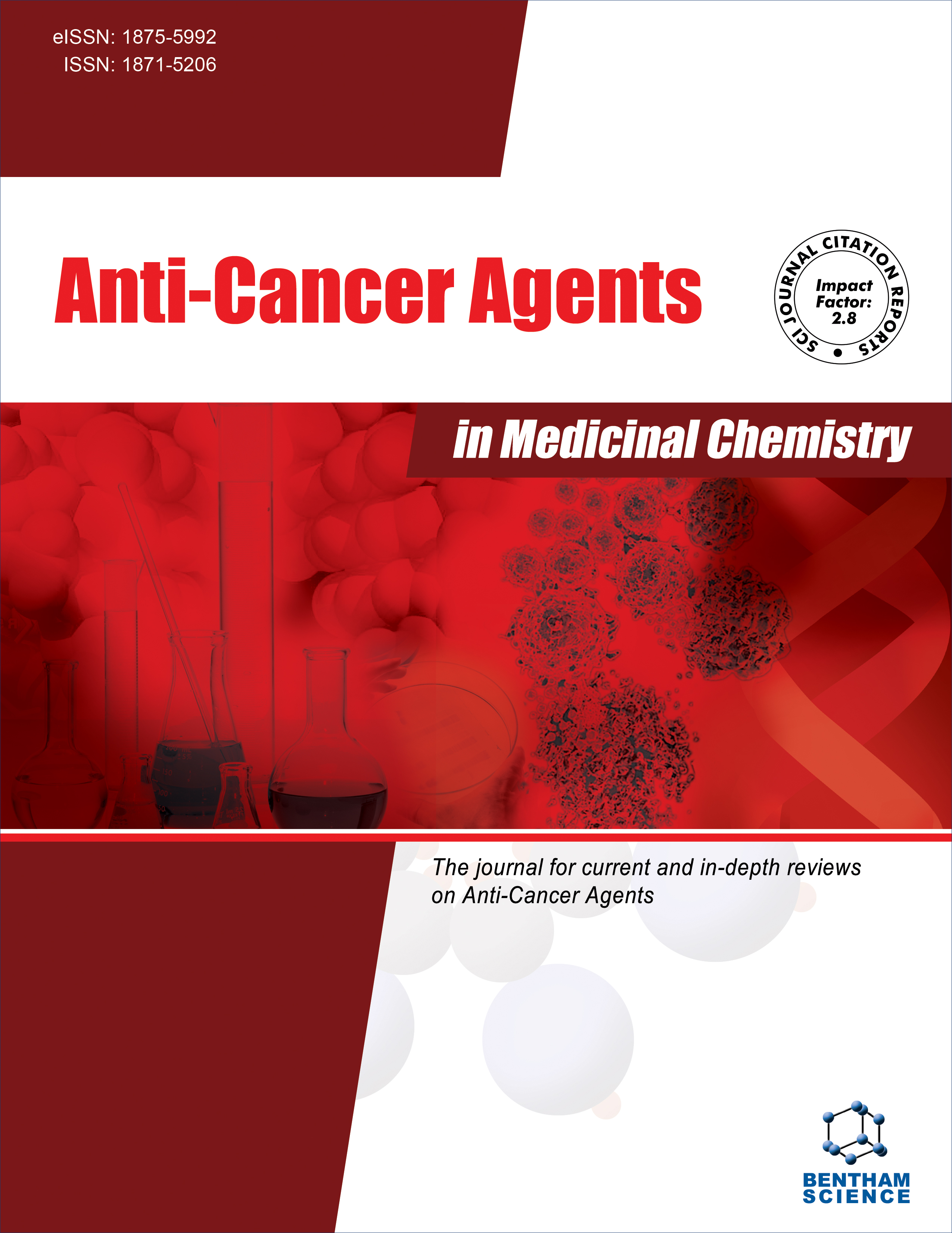
Full text loading...
We use cookies to track usage and preferences.I Understand

The prevalent disease known as breast cancer has a significant impact on both men's and women's health and quality of life.
The aim of this study was to explore the potential roles of Lecaniodiscus cupanioides (planch.) extract and triterpenoid-derived gold nanoparticles (AuNPs) in cancer therapy, specifically targeting MCF-7 breast cancer cell lines.
Gold nanoparticles were synthesized utilizing triterpenoid (ZJ-AuNPs) and leaf extract from Lecaniodiscus cupanioides (LC-AuNPs). Fourier transform infrared spectroscopy (FTIR), Dynamic light scattering (DLS), High-resolution transmission electron microscopy (HRTEM), and UV-vis spectroscopy were employed to characterize the nanoparticles. Additionally, the MTT assay was used to assess the impact of AuNPs on cancer cell viability using MCF-7 breast cancer cell lines.
Analysis of ZJ-AuNPs and LC-AuNPs revealed DLS zeta potentials of -31.8 and -35.8 mV, respectively, and a corresponding UV-vis absorption maxima at 540 and 550 nm. Also, the ZJ-AuNPs and LC-AuNPs had respective zeta-sizes that ranged from 25.84 to 35.98 nm and polydispersive index values between 0.2360 and 0.773.Furthermore, the presence of the chemical groups -OH and -NH was shown to be necessary for the green method of capping and reducing the gold nanoparticles. Nevertheless, a significant decrease in cell viability percentages was noted in the MTT experiment, accompanied by an increase in the quantity or concentration of the nanoparticles for both ZJ-AuNPs and LC-AuNPs.
Given the data obtained in this study, the biosynthesized ZJ-AuNPs and LC-AuNPs were shown to possess potent cytotoxic effects on breast cancer cells. Hence, they may be valuable tools in the development of new cancer chemotherapy drugs.

Article metrics loading...

Full text loading...
References


Data & Media loading...